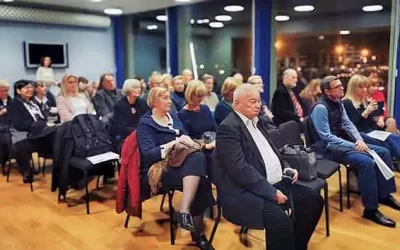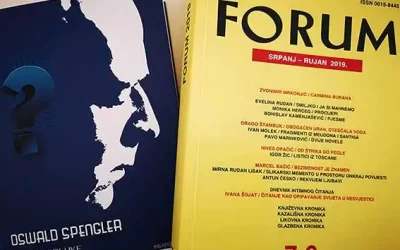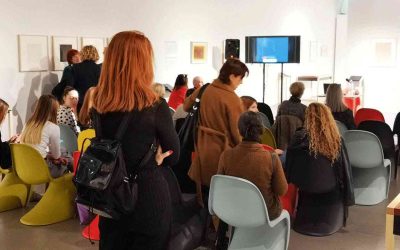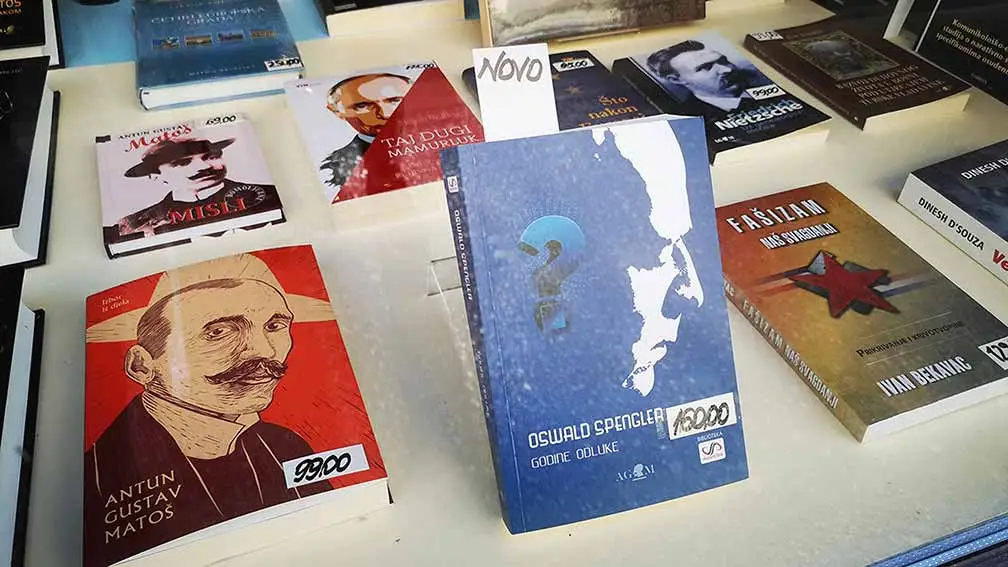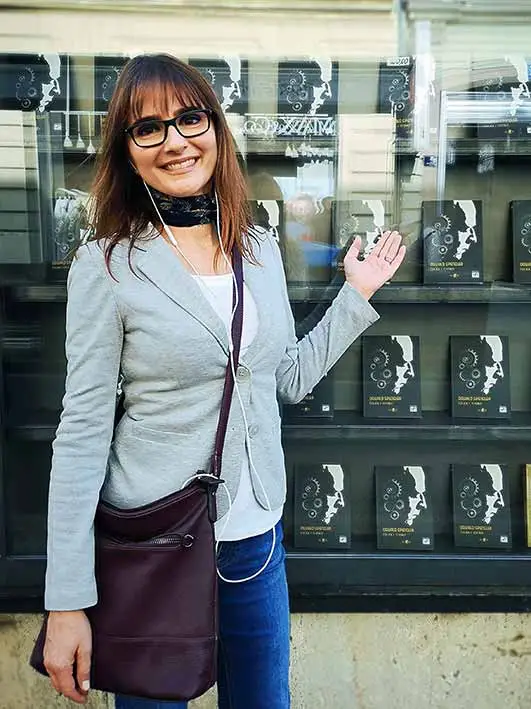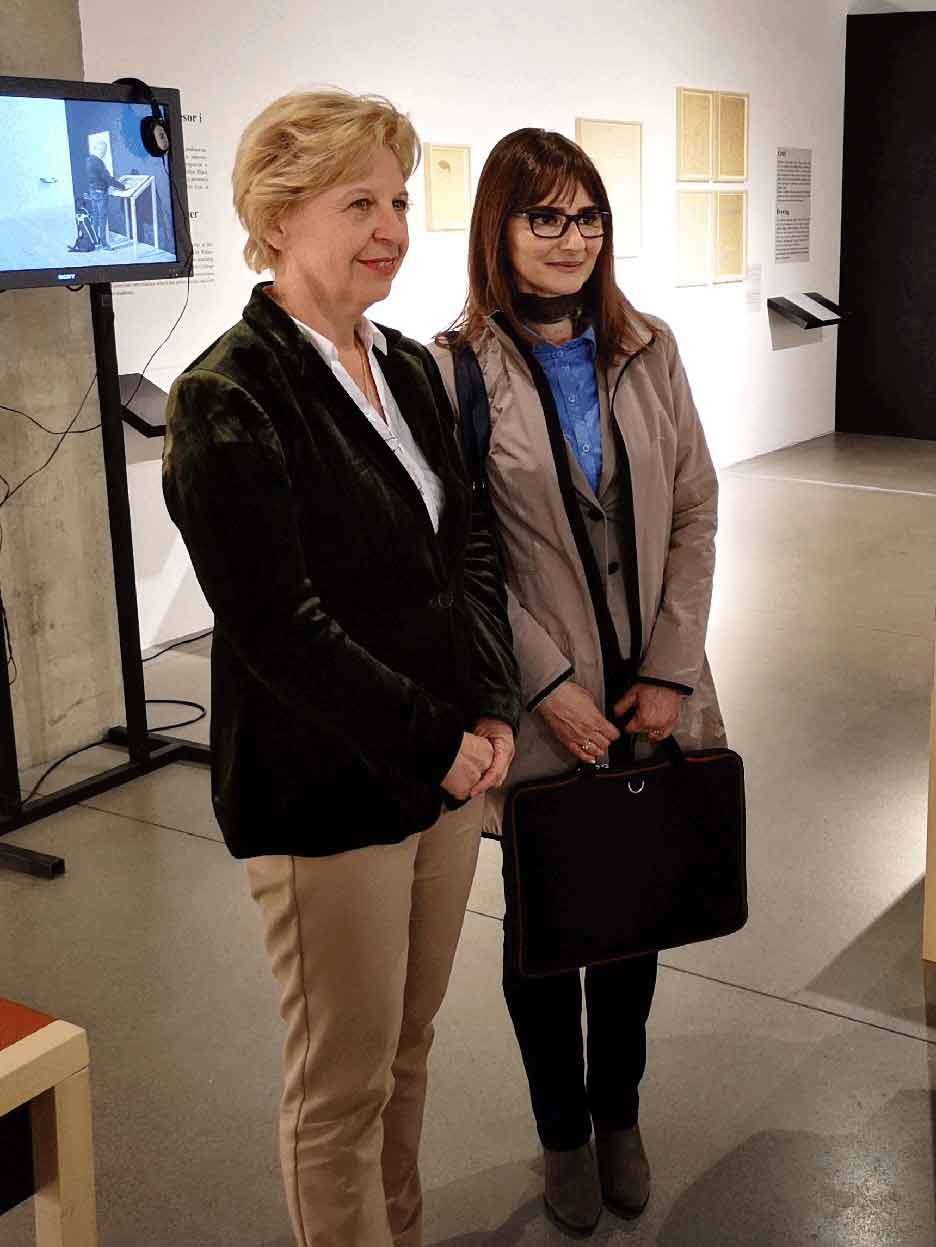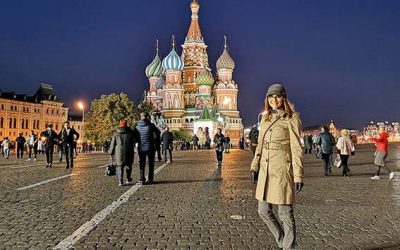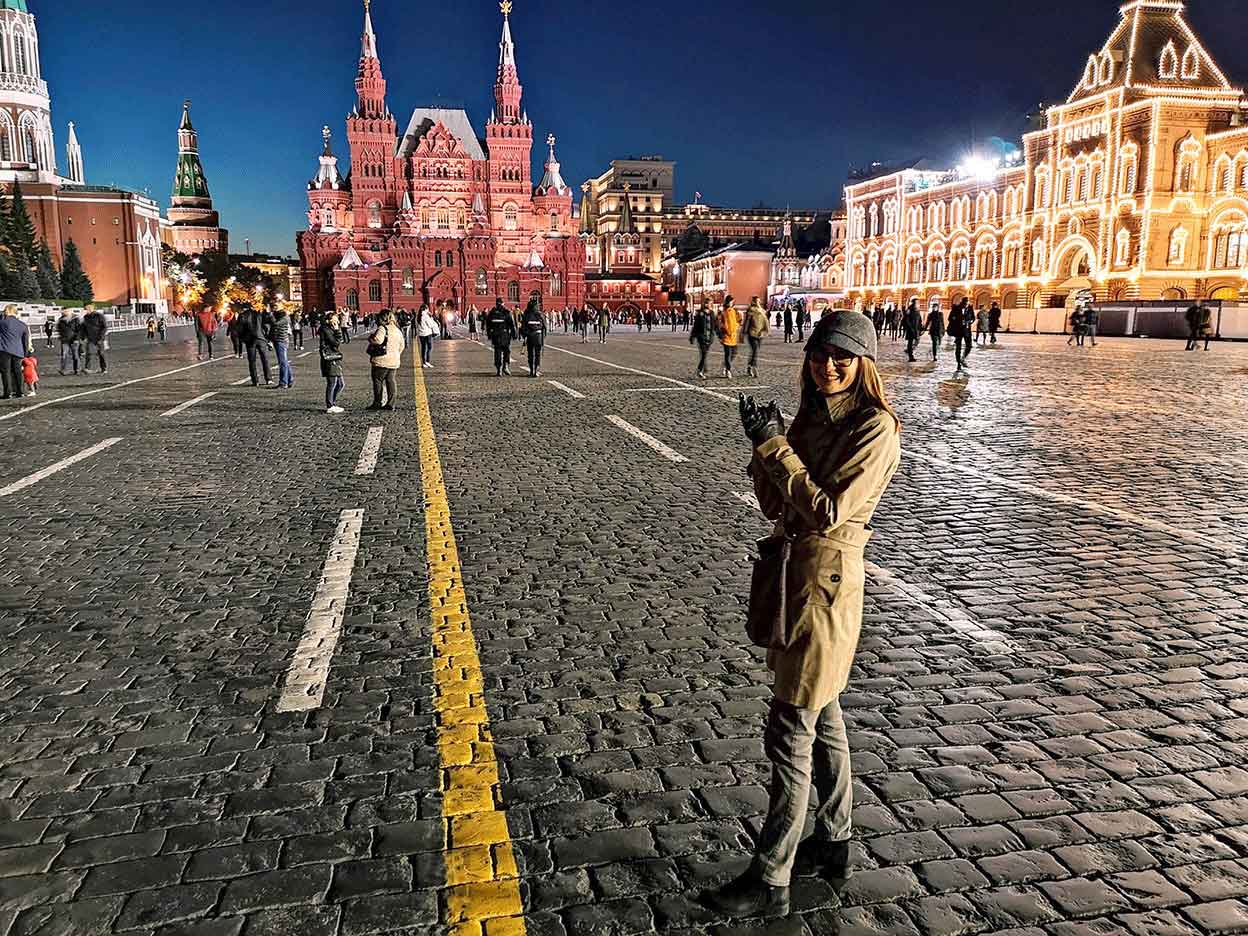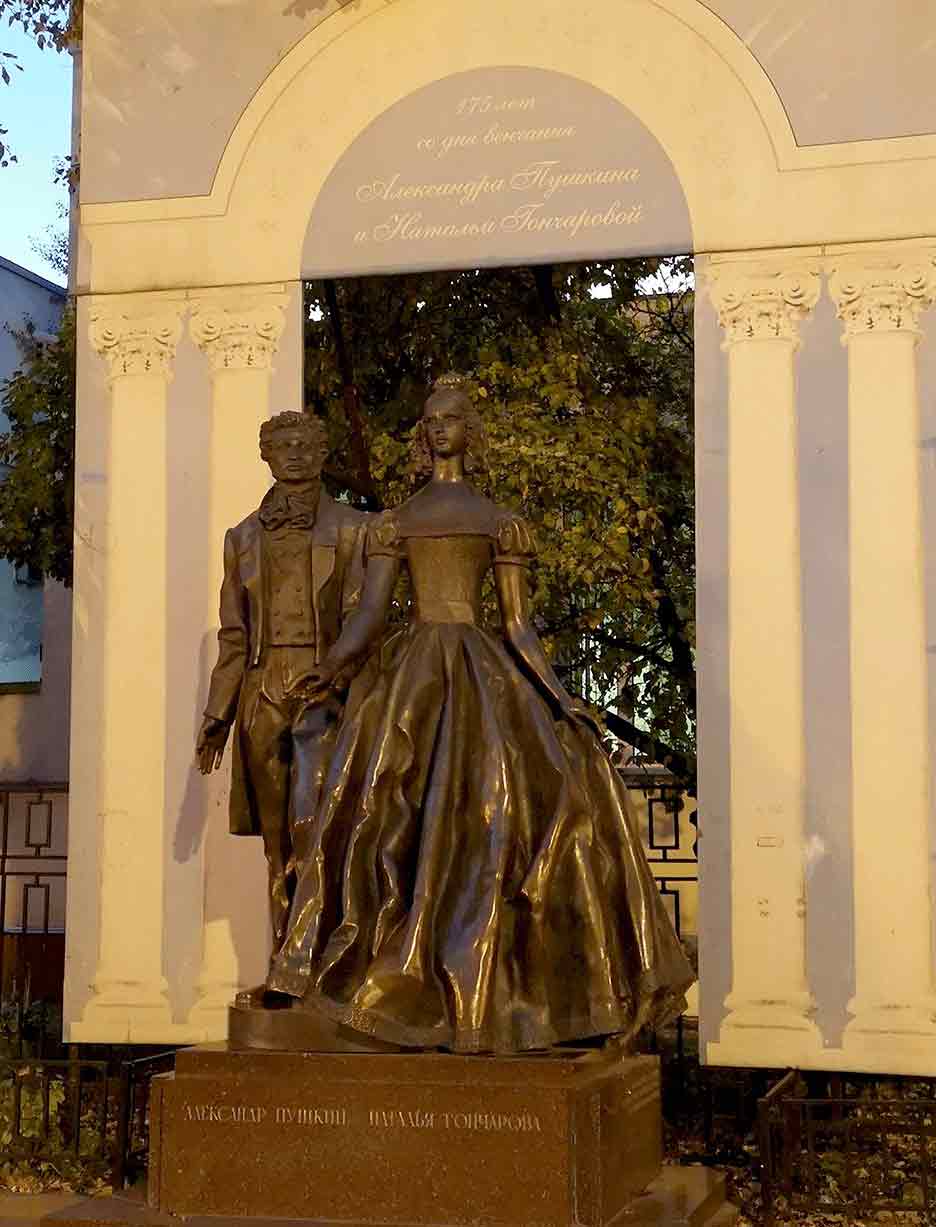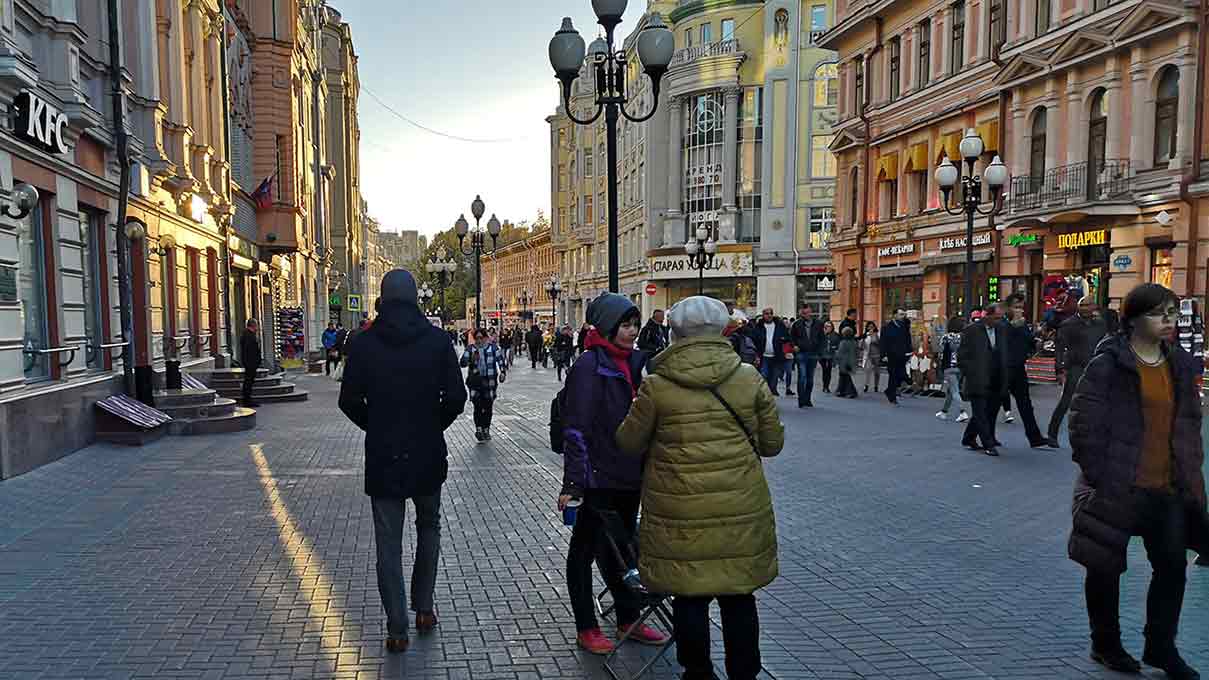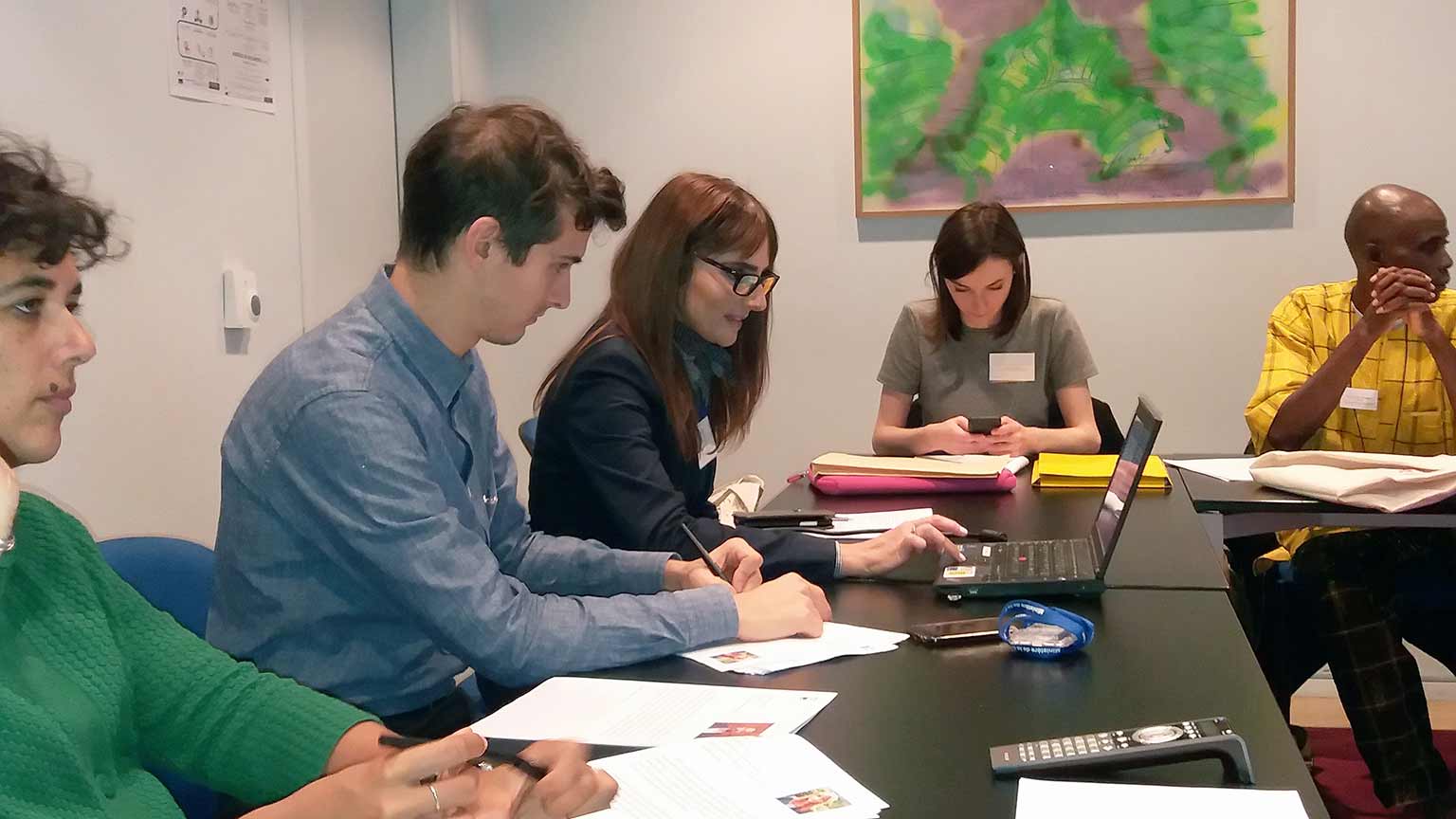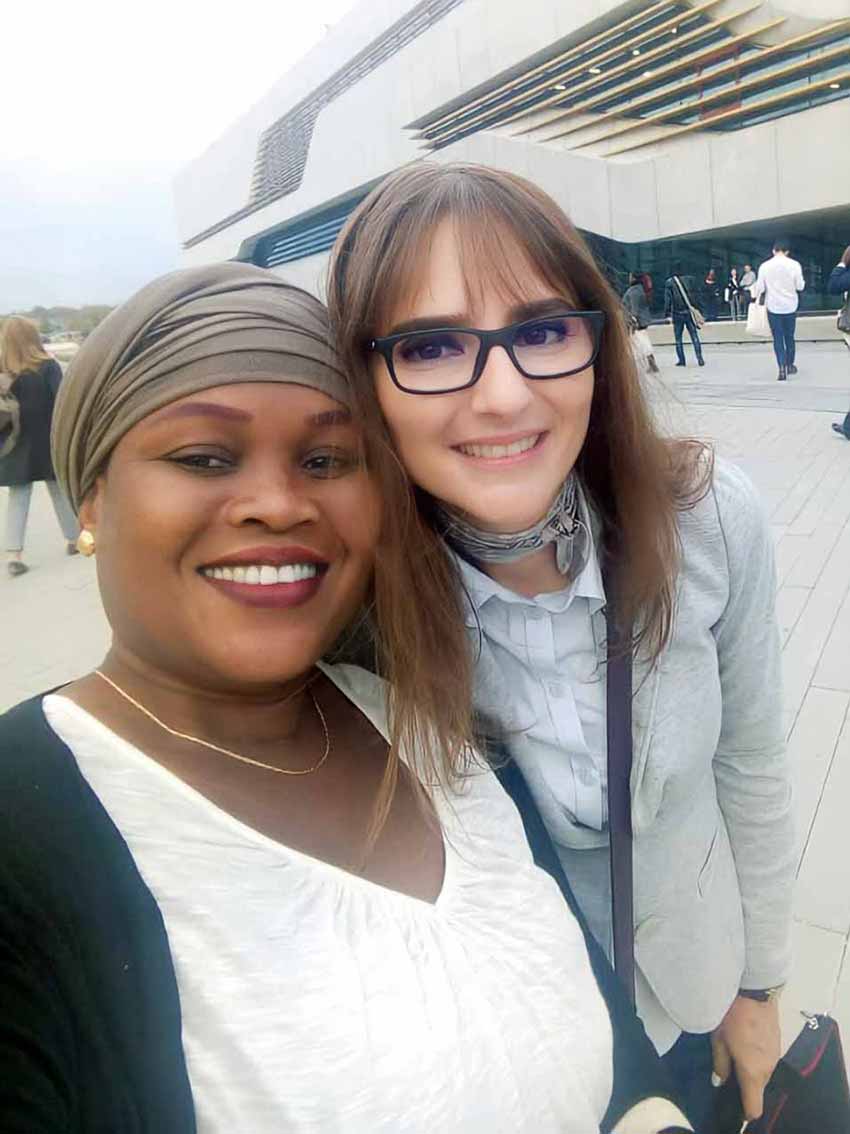On November 14, 2019, the Founding Assembly of the Croatian Society “A. Scriabin” was held at the Zagreb Academy of Music with the support of the Moscow Scriabin Museum
Scriabin Society
Croatian Society “Alexander Scriabin”
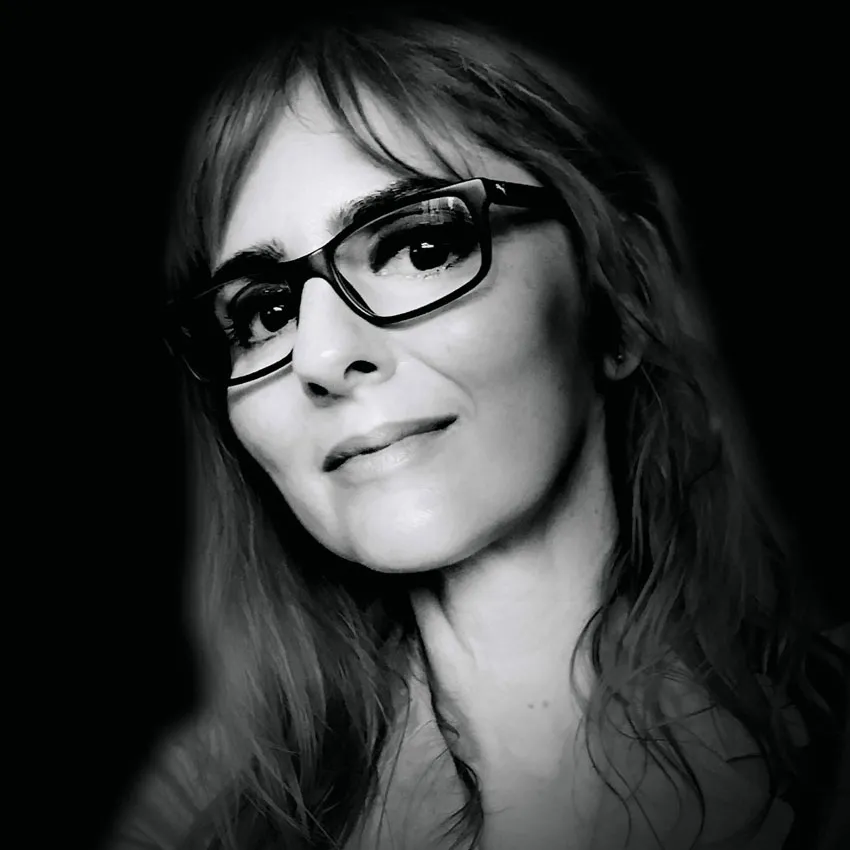
By
Gathered together to promote Scriabin’s art
On Thursday, November 14, 2019, the Founding Assembly of the Alexander Scriabin Society of Croatia was held at the Zagreb Academy of Music—the president is Prof. Ruben Dalibaltayan, vice-president Prof. Veljko Glodić, PhD, executive director Mr. Krešimir Starčević and secretary Prof. Julia Gubajdullina. The honorary president is Mr. Alexander Serafimovich Scriabin, PhD—Scriabin’s descendant, and it was a great honor and pleasure to accept the honorary membership, enthusiastically earned by Mr. Božo Kovačević (former Ambassador of the Republic of Croatia in Moscow) and me as a person who published the book Abstract Reproductive as Productive Art: Chromatic Fantasies of the Composer Alexander Scriabin, Painter Alexej Jawlensky and Pianist Ivo Pogorelich, in which a chapter is devoted to this wonderful composer—my favourite since childhood. By now, I gave lectures on Scriabin’s mystic chord at the Zagreb Arts Academy, Zagreb Academy of Music during my book promotion, in the Museum of Contemporary Art Zagreb on the occasion of marking the 100th anniversary of the founding of the Bauhaus, and in Moscow on the occasion of marking the 100th anniversary of founding the Memorial Museum of A. N. Scriabin. Last year I published a travelogue on the latter.
My speech during the Founding Assembly was beautifully announced by Professors Dalibaltayan and Glodić
Stories from Moscow left no one indifferent
The atmosphere at the Assembly was bursting with positive energy, so I take this opportunity to thank everyone for coming, especially the representatives of the Embassy of the Russian Federation in Zagreb and the Russian national minority in Croatia. The audience could enjoy the contents of letters of support sent to the newly founded society by Alexander Serafimovich Scriabin and the Memorial Museum of A. N. Scriabin from Moscow, and the stories told by all the speakers were fascinating. Thus Mr. Kovačević’s story made us aware of how and where he met Alexander Serafimovich: it was in 2007 in the Glinka Museum when Alexander Serafimovich celebrated his 60th birthday, and the most interesting was that this celebration gathered three descendants of famous artists—Alexander Serafimovich as Scriabin’s descendant and descendants of Sergei Rachmaninoff and Boris Pasternak, which, as Mr. Kovačević concluded, can only be experienced in Moscow. Many wonderful experiences from Moscow were also shared with us by Prof. Glodić, while Prof. Dalibaltayan presented the Society, and Mr. Starčević outlined the goals that the Society will strive to achieve. It is an honor to be in the company of such distinguished individuals, at the same time wonderful people!
"During the Founding Assembly, letters of support from Alexander Serafimovich Scriabin—Scriabin's descendant, and the Memorial Museum of A. N. Scriabin from Moscow were read."
Arrival of many musicians
I thank my friends Lada Radić and Sandra Belak for spontaneously taking numerous photographs and video-works, and this is why only my speech is recorded in its entirety. I also thank Prof. Dalibaltayan and Prof. Glodić for presenting my work so beautifully. As I often attend cultural events as a Zagreb Mayor’s Envoy, I have always wondered what I would do if it ever happened that I would have to say something publicly without being prepared in advance—and it was during this Founding Assembly that I found myself in such a situation. So, it really meant a lot to me that great Davorin Kempf, the Croatian composer, conductor and educator, and Bosiljka Perić Kempf, our distinguished musicologist, music critic and publicist, congratulated me on my speech. But apart from hanging out with my dear friends, as well as dear Mrs. Ksenija Pavlinić-Tomašegović from the Croatian Museum of Naive Art and Mrs. Elizabeta Lalevska (Mr. Kovačević’s wife), I was most pleased by the unexpected reunion with Croatian great pianist Harry Gusek. His interpretations of Scriabin’s work and rich conversations permanently echo in my ears, along with conversations I have had throughout my life with my recently deceased Professor, mentor and friend, our great composer Bogdan Gagić.
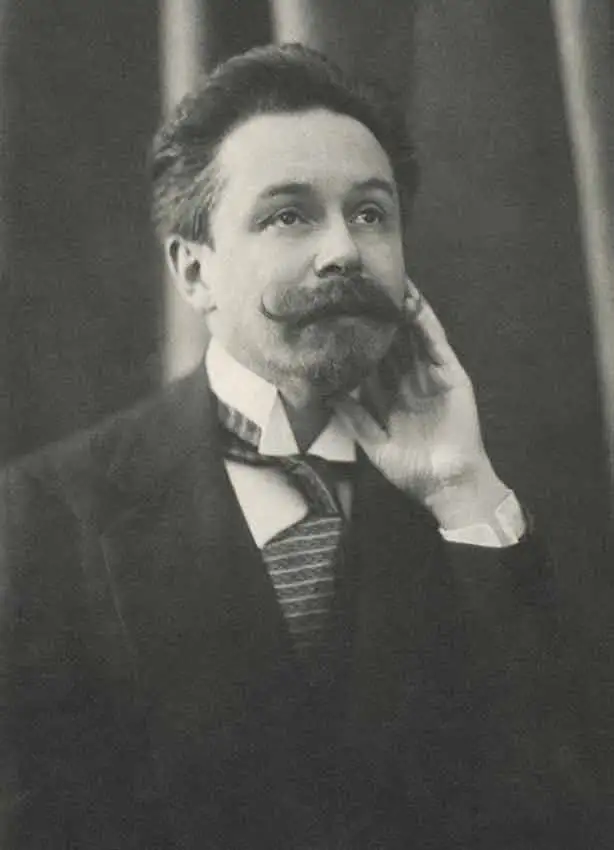
“I invite all Scriabinists to join our society in order to gain new insights into the art of this great Russian composer and pianist.”
Invitation to everyone interested in Scriabin’s art
The Founding Assembly is the cornerstone for a wide spectrum of our future activities, which will range from concerts and lectures to various cultural events and guest appearances. We invite all Scriabinists to join our Society in order to gain new insights into the art of this, unfortunately, to a wider audience still insufficiently known Russian composer. Nevertheless, his work is of unquestionable importance for the history of art, because it occupies the very top of the bridge between classical and modern art, thus uniting the best from both of these frequently opposed “worlds.” And since Scriabin also aspired to synthesize all arts, we are sure that, besides music lovers, fans of other branches of arts will equally enjoy our program. We invite everyone to visit Scriabin Society Official Website and follow our work, which would be completely meaningless without the audience!
“I invite all Scriabinists to join our society in order to gain new insights into the art of this great Russian composer and pianist.”
You may also like my other posts…
Scriabin Society
“My” Spengler and Me
Forum, Croatian Academy of Sciences and Arts journal, published my essay Painting Memento in Space Beyond History: homage to Ivo Šebalj 100 years after Spengler’s Decline of the West
Lecture in MSU
Find out more about the lecture I gave in the Museum of Contemporary Art Zagreb surrounded by the works of famous Josef and Anni Albers to mark the 100th anniversary of Bauhaus
